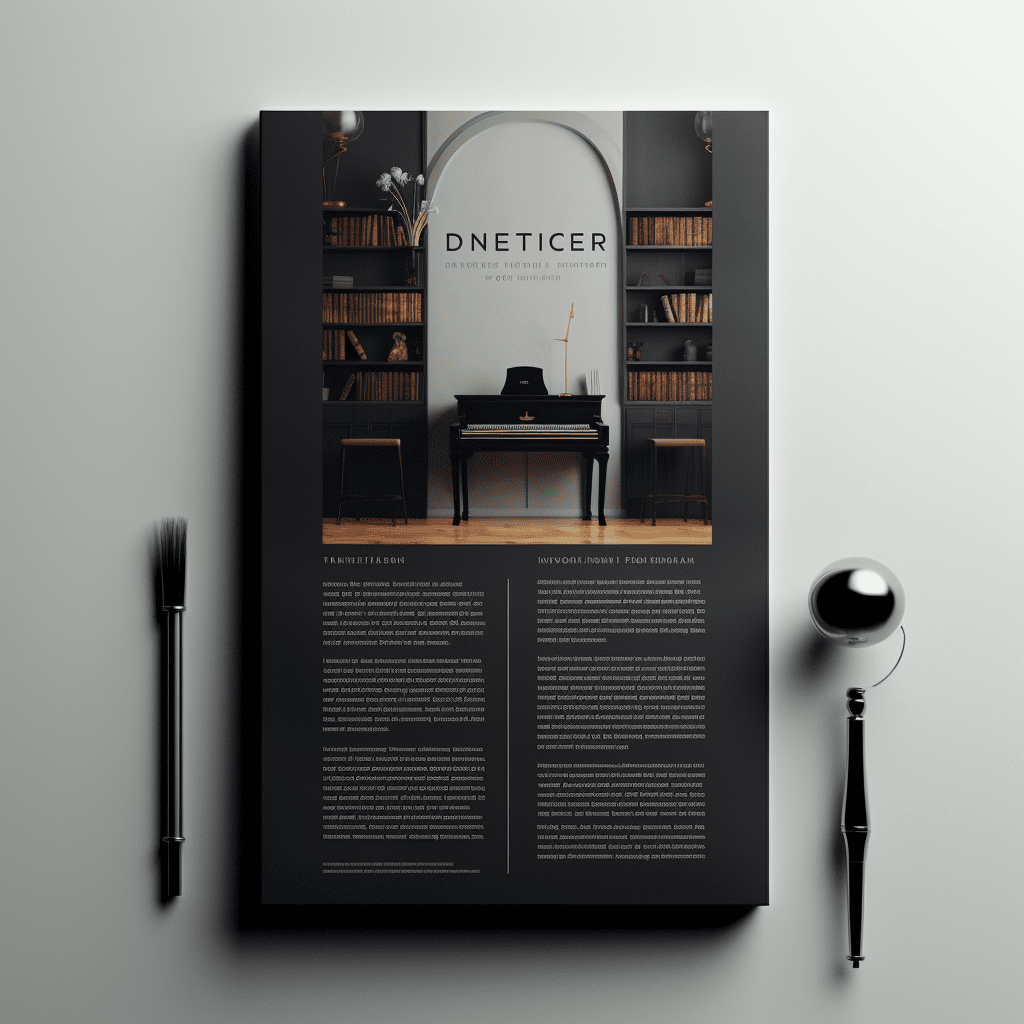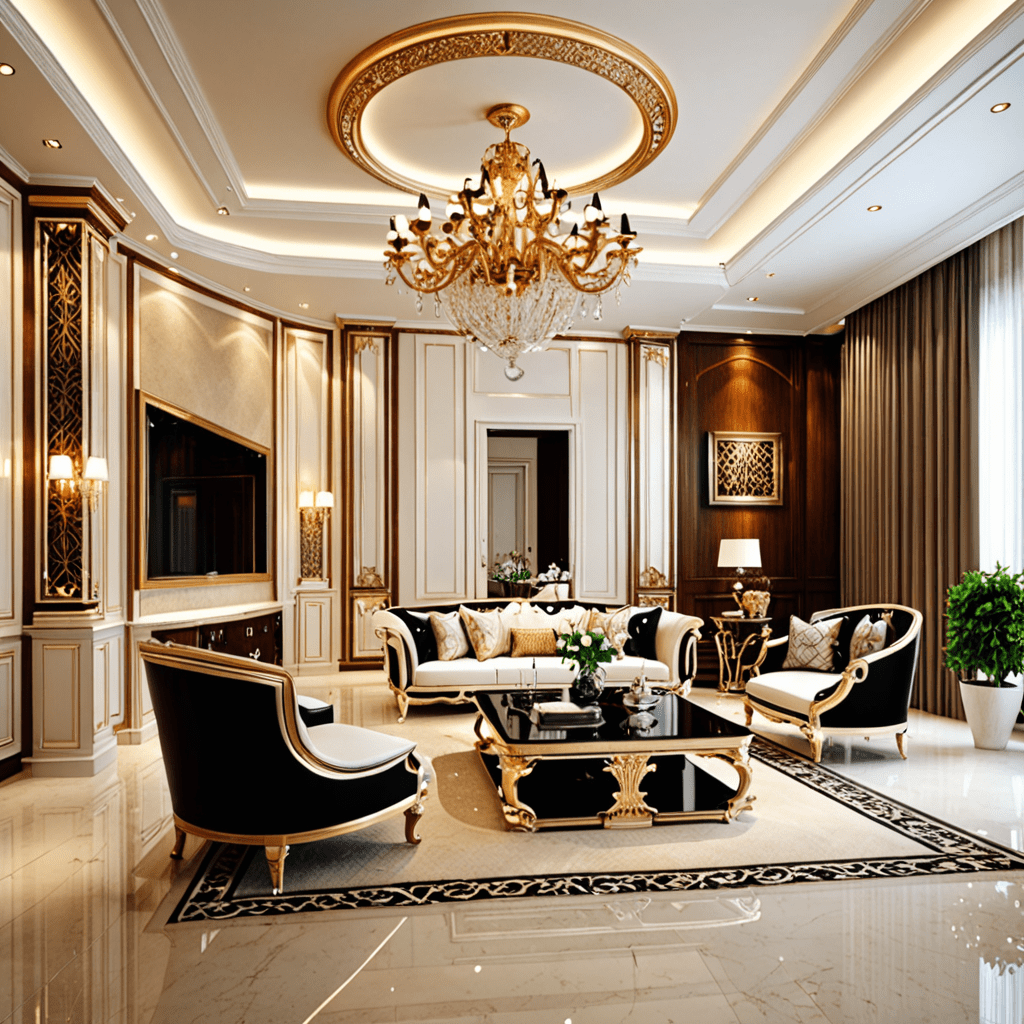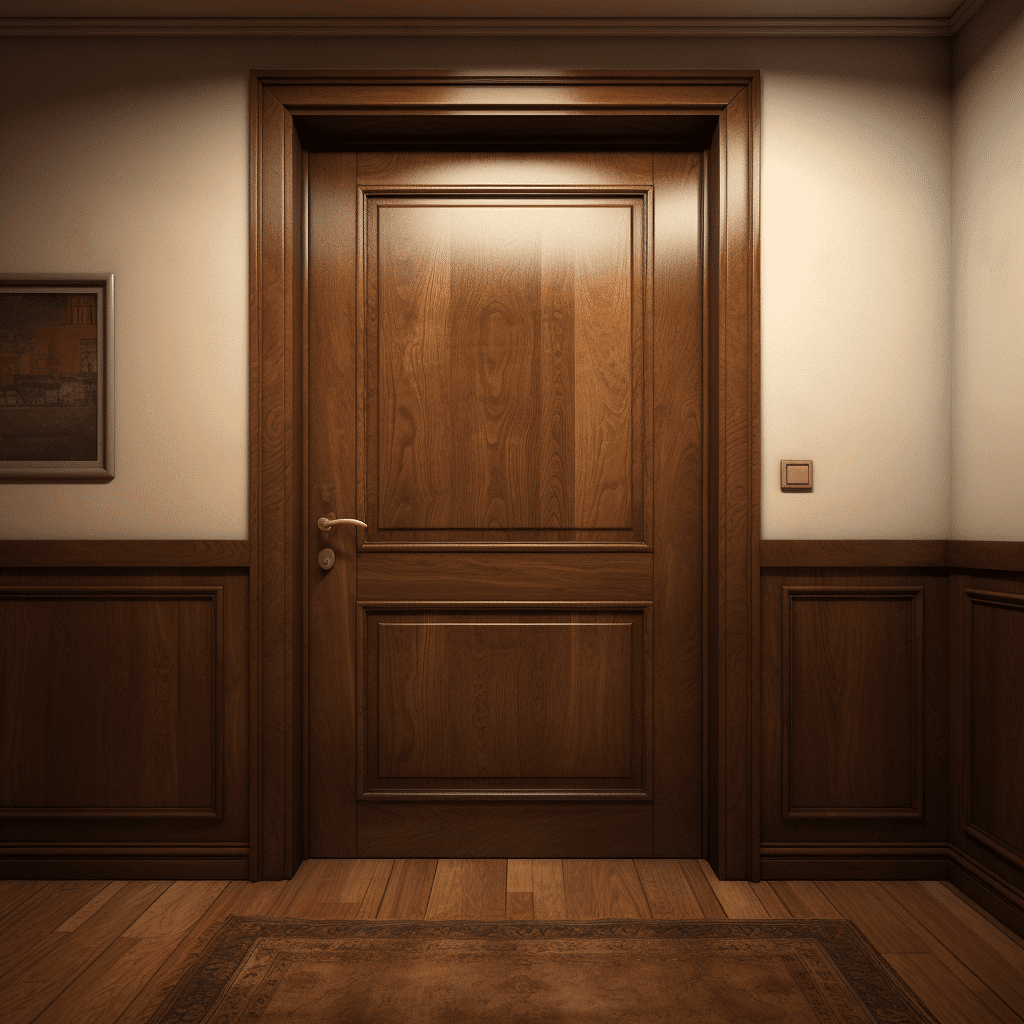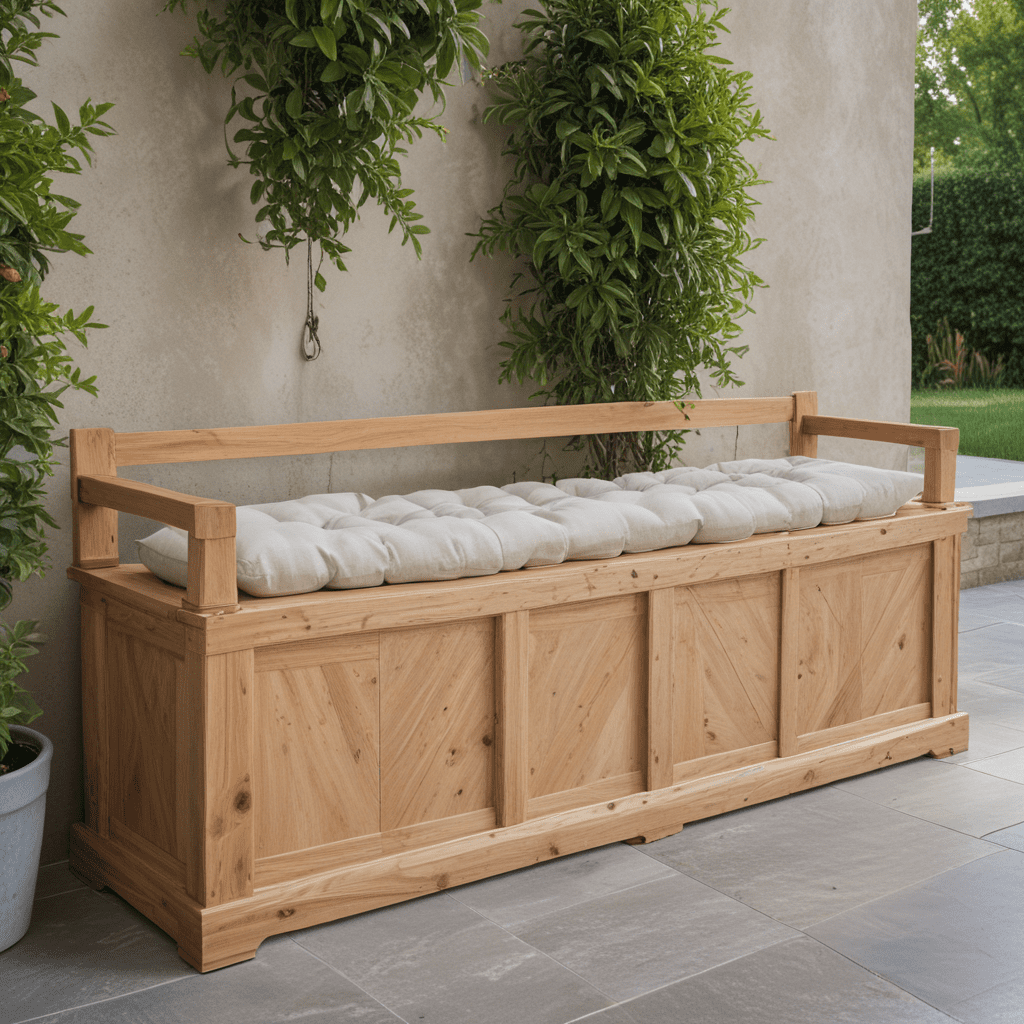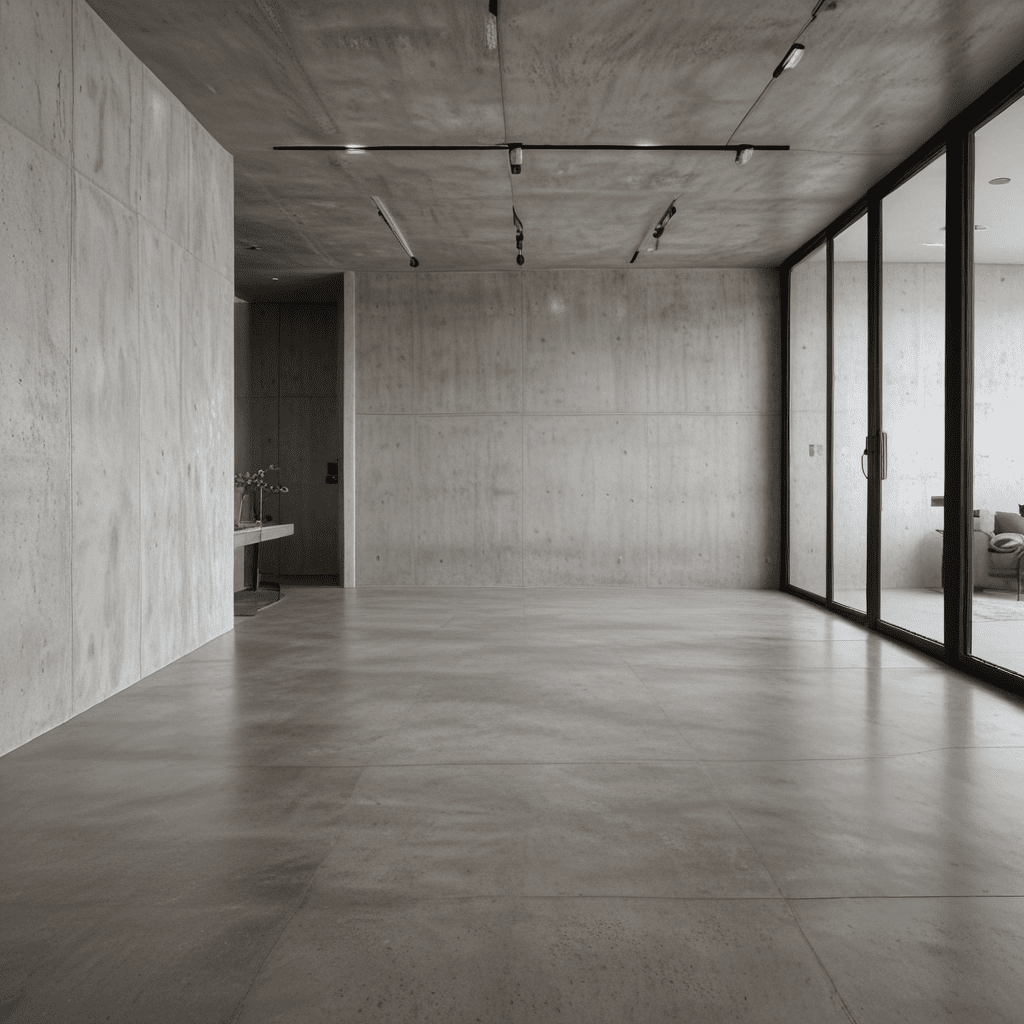5 Interior Design Ideas With Eye-catching Texture
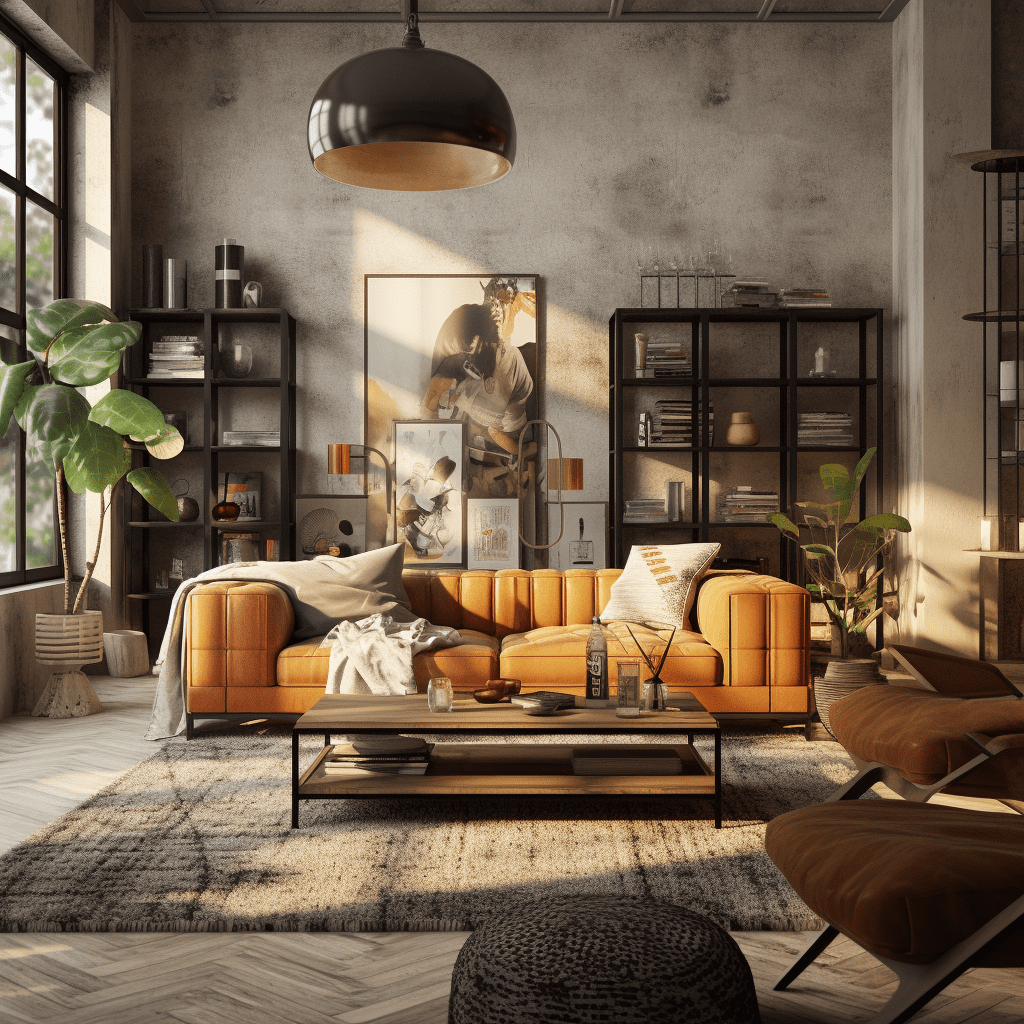

The Importance of Texture in Interior Design
When it comes to interior design, texture is often an overlooked component. While color and furniture choices tend to take center stage, texture plays a crucial role in creating a visually stimulating and inviting space. From rough to smooth, soft to hard, texture can add depth, interest, and personality to a room. In this article, we will delve into the importance of texture in interior design and explore various ways to incorporate it into your home.
1. Enhancing Visual Interest
Texture provides an additional layer of visual interest to any space. It adds depth and dimension, making a room feel more inviting and comfortable. Smooth surfaces can create a sleek and modern ambiance, while rough textures impart a sense of rustic charm. By incorporating a mix of textures, such as a plush rug paired with a leather armchair, you can create a dynamic and visually pleasing environment.
2. Creating a Tactile Experience
Texture not only enhances the visual appeal of a room but also creates a tactile experience. By incorporating different textures, you can engage the sense of touch and make your space more interactive. Imagine sinking into a velvety sofa or running your fingers across a textured wallpaper – these experiences can evoke a sense of comfort and luxury.
3. Defining Spaces
Texture can be used to define and differentiate various spaces within a home. In an open floor plan, where multiple areas flow into one another, using different textures can help delineate each zone. For example, a textured brick wall or exposed wooden beams can visually separate the living room from the dining area, creating a sense of structure and purpose.
4. Adding Warmth and Comfort
Certain textures are associated with warmth and comfort and can significantly impact the ambiance of a room. Incorporating soft and cozy textures, such as plush carpets, knitted throw blankets, or velvet upholstery, can instantly make a space feel more inviting and snug. These elements can create a welcoming atmosphere, making a house feel like a home.
5. Balancing Visual Elements
Texture can act as a balancing element in interior design. It can offset the effects of smooth and glossy surfaces, preventing a room from feeling too sterile or monotonous. By strategically introducing textured pieces, such as a woven wall hanging or intricately carved wooden furniture, you can introduce a sense of balance and harmony to your space.
6. Creating Contrast and Drama
Texture can also be used to create contrast and drama within a room. Contrasting textures, such as pairing a sleek glass table with a rough stone accent wall, can create a striking visual impact. This interplay between different textures adds depth and dimension, making a space more dynamic and intriguing.
FAQs
Q: Can I mix different textures in a small space without overwhelming it?
A: Absolutely! Mixing textures in a small space can add visual interest and make it feel more inviting. However, it’s important to strike a balance and not overdo it. Incorporate a variety of textures in moderation, focusing on smaller elements like pillows, throws, or decorative accessories.
Q: How can I incorporate texture into a minimalist design?
A: Texture is a fantastic way to add depth and interest to a minimalist design. Opt for clean lines and simple forms for furniture pieces, and then introduce texture through materials like linen, jute, or natural woods. Subtle textural elements such as a textured wall or a woven rug can also add dimension without overwhelming the space.
Q: Does texture have to be physical, or can it be achieved through visual elements as well?
A: Texture can be both physical and visual. While physical textures are tangible and can be felt, visual textures are created through patterns or visual illusions. Wallpapers, fabrics with patterns, or even artwork can introduce visual texture to a space without altering the tactile experience.
In conclusion, texture is a vital aspect of interior design, offering both visual and tactile benefits. By incorporating various textures, you can enhance the overall aesthetic of your space, create different zones, and evoke specific moods. Remember to strike a balance, mix textures in moderation, and have fun experimenting with different combinations. Happy designing!
